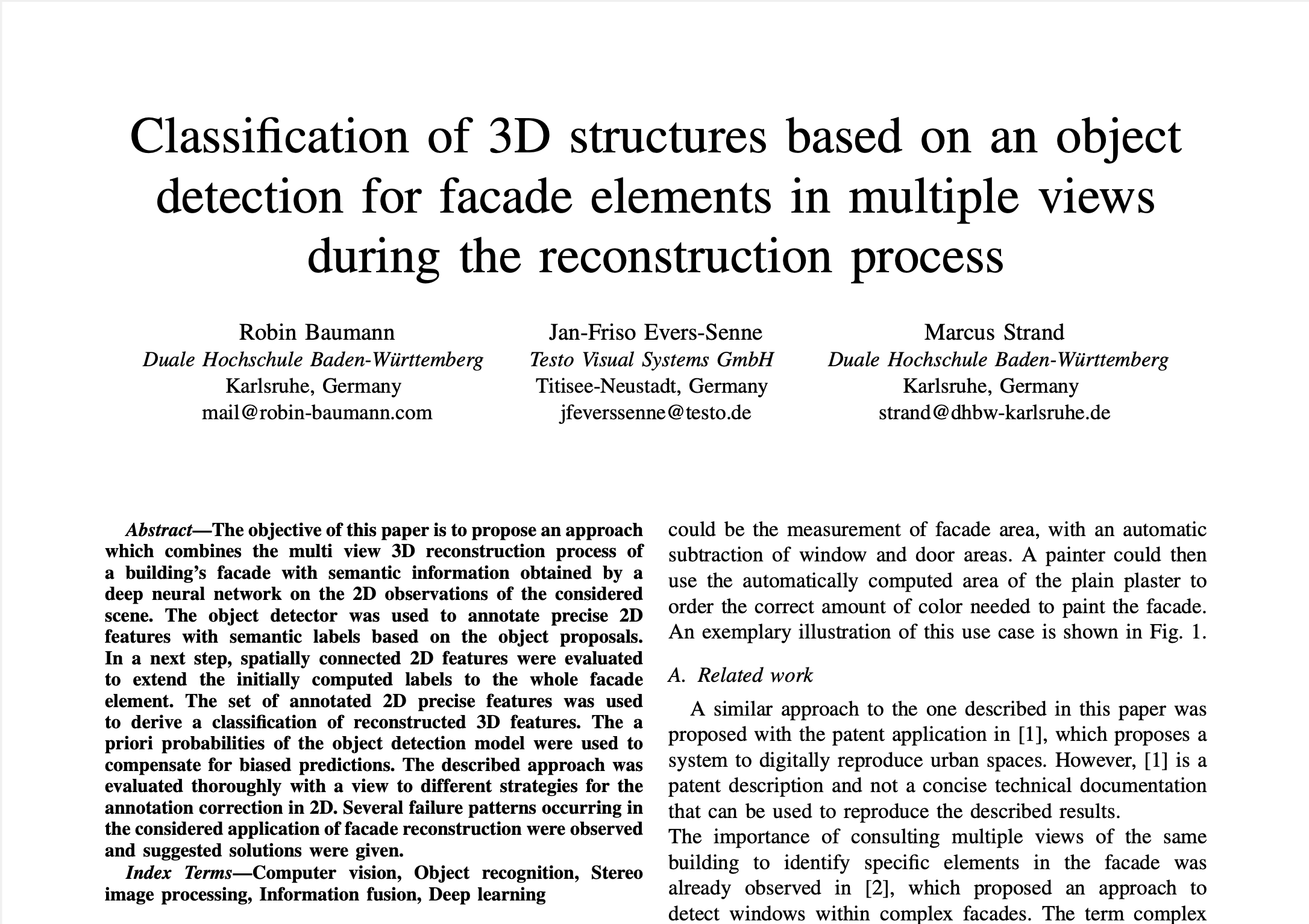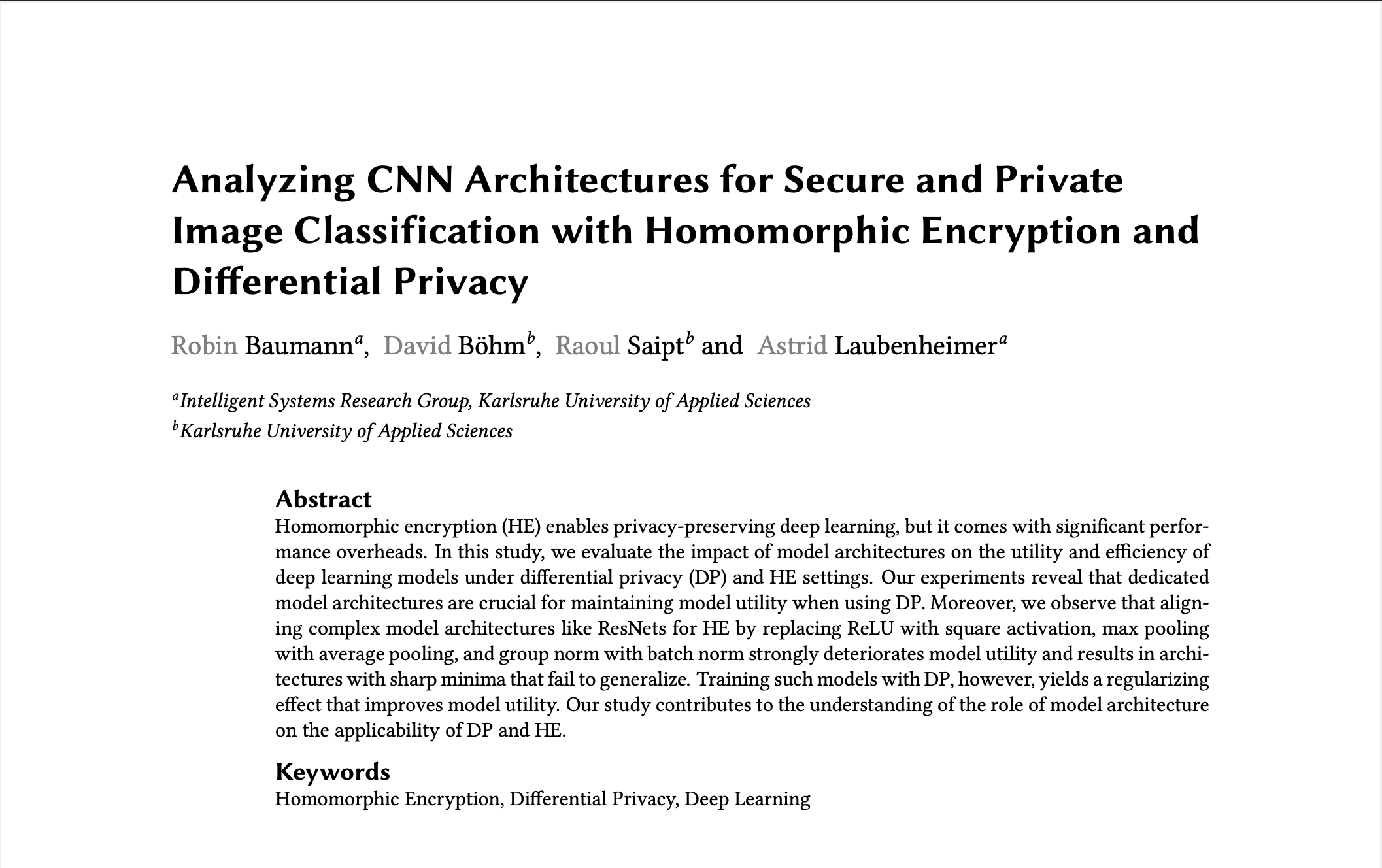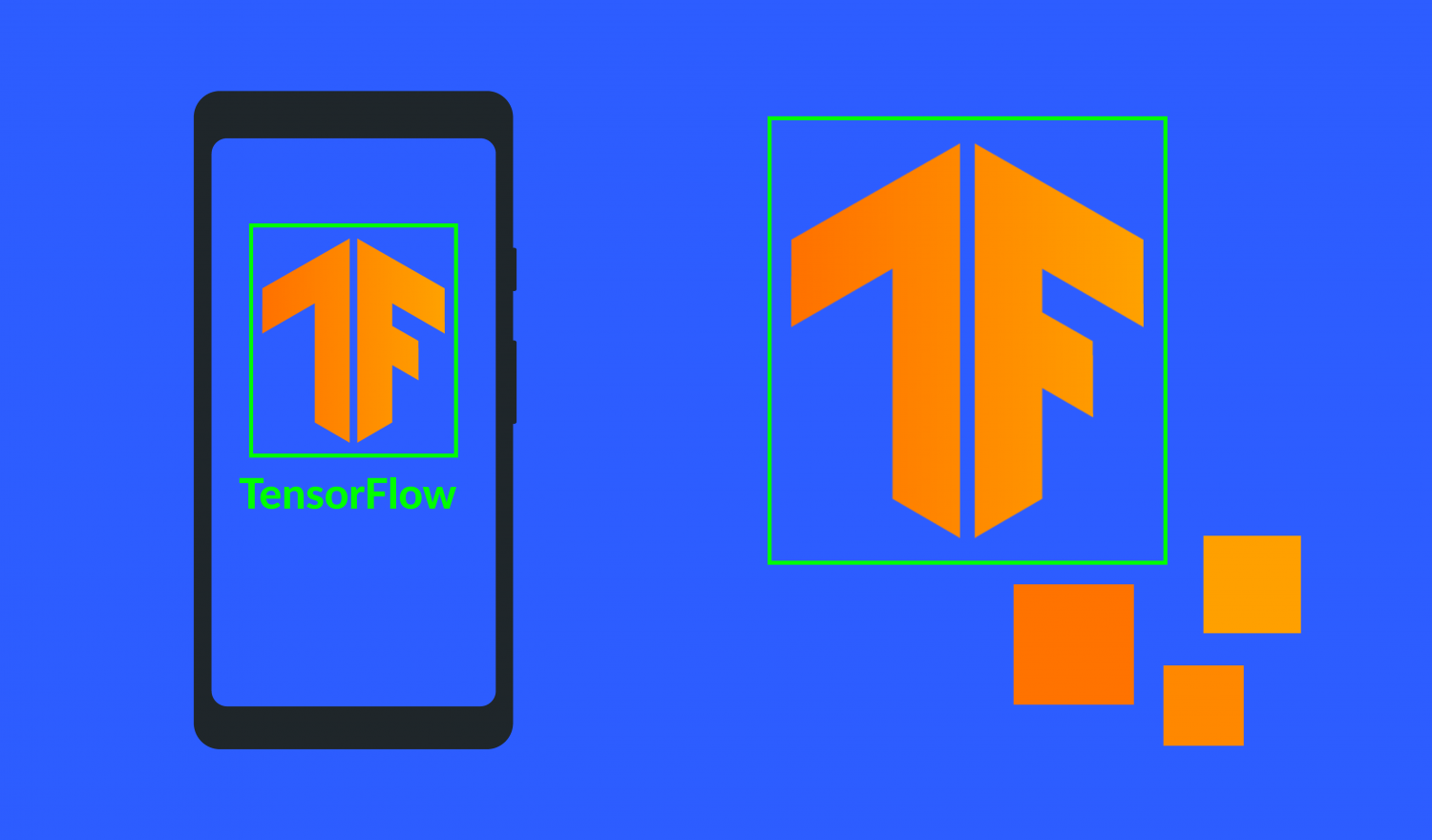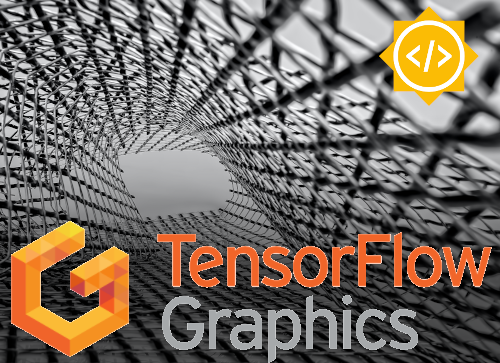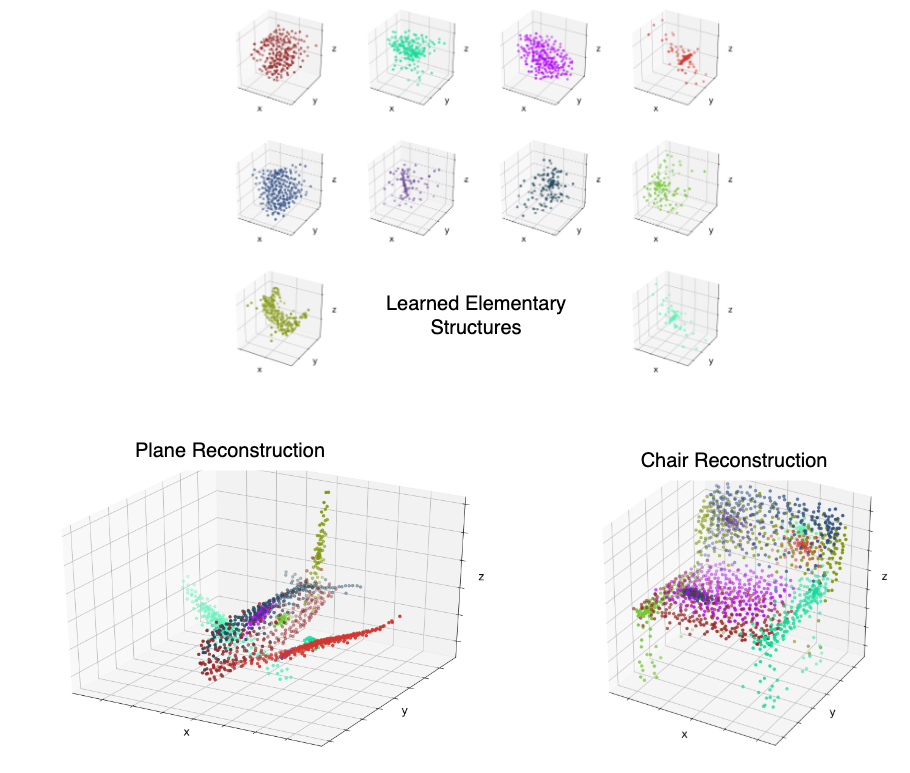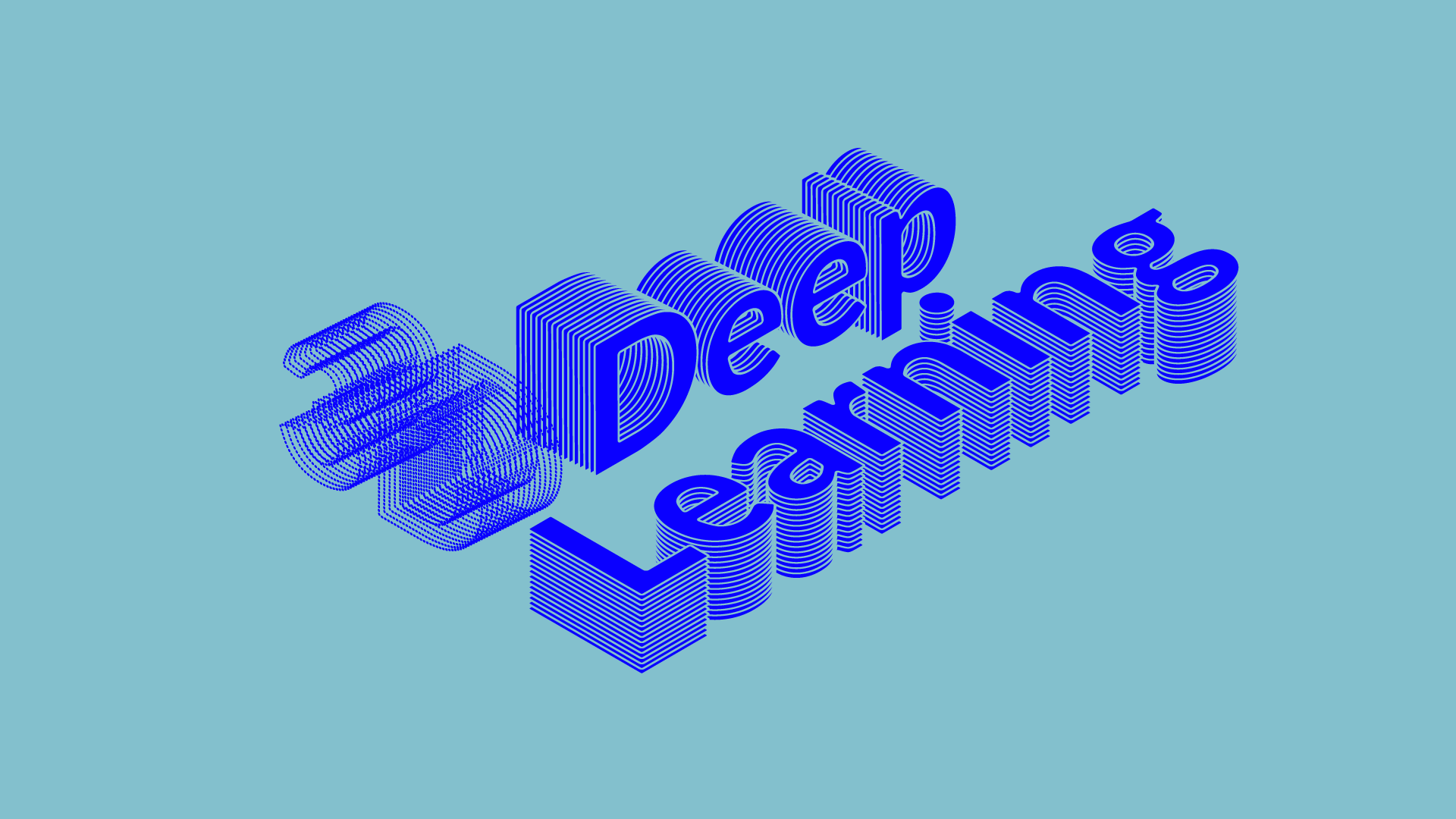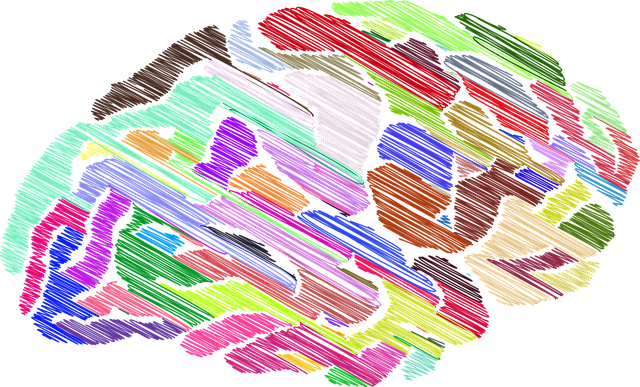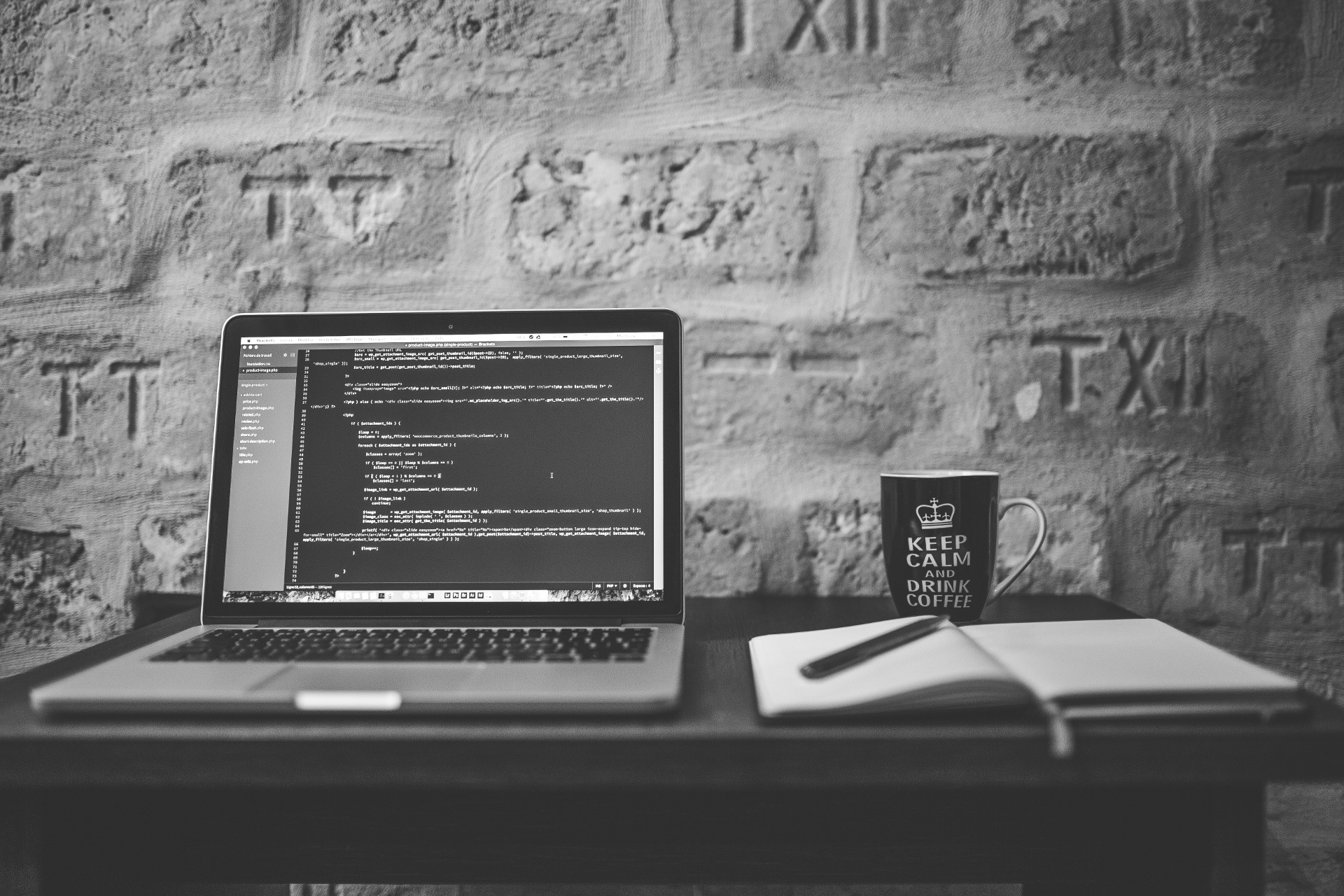About Me
Profile
I received my MSc degree from Karlsruhe University of Applied Sciences, where I specialized in Machine Learning. I am particularly interested in Computer Vision and its intersection with Computer Graphics. I like to spend my free time doing all kinds of sports. To expand my knowledge, I read non-fiction books about different topics and enjoy spending time outdoors with my friends. My other passion besides sports is music. As such, I play the Saxophone and enjoy going to festivals and concerts. Recently, I also started DJing and producing electronic music.

Detail
| Name: | Robin Baumann |
| Age: | 27 |
| Location: | Karlsruhe, Germany |
| Hobbies: | DJing, all kinds of sports |
